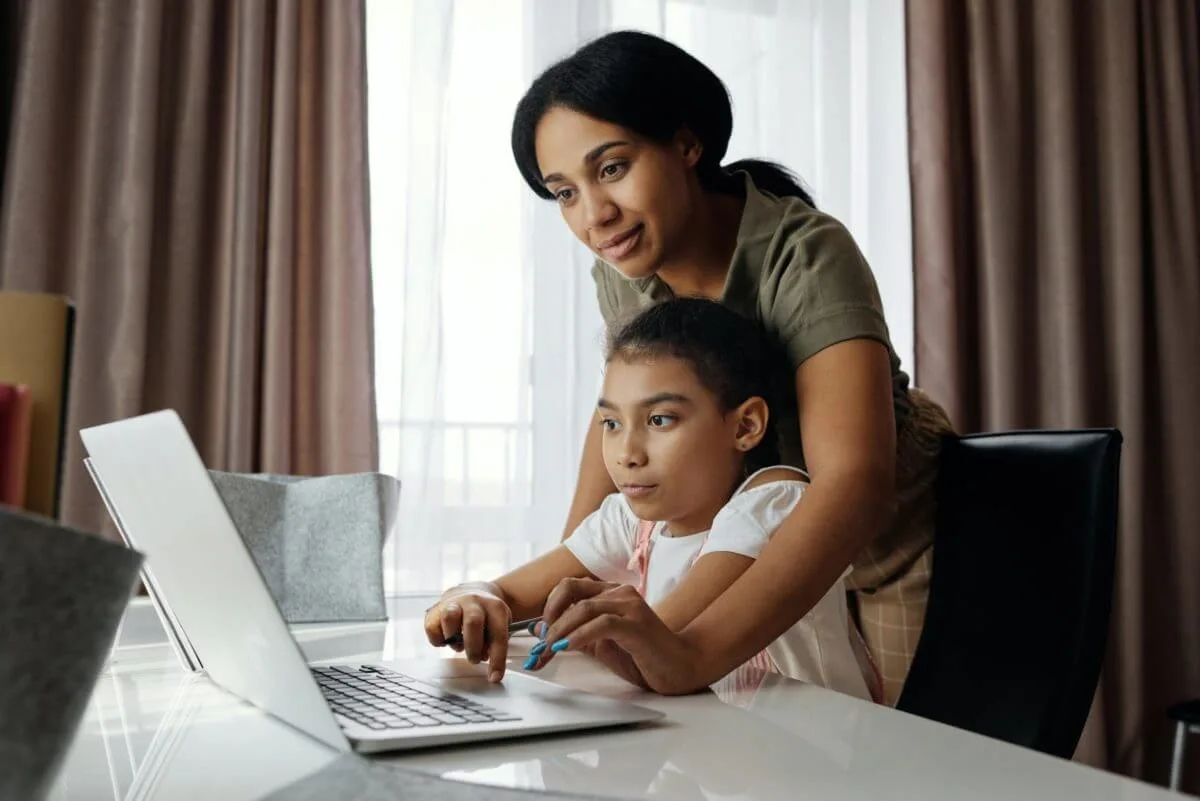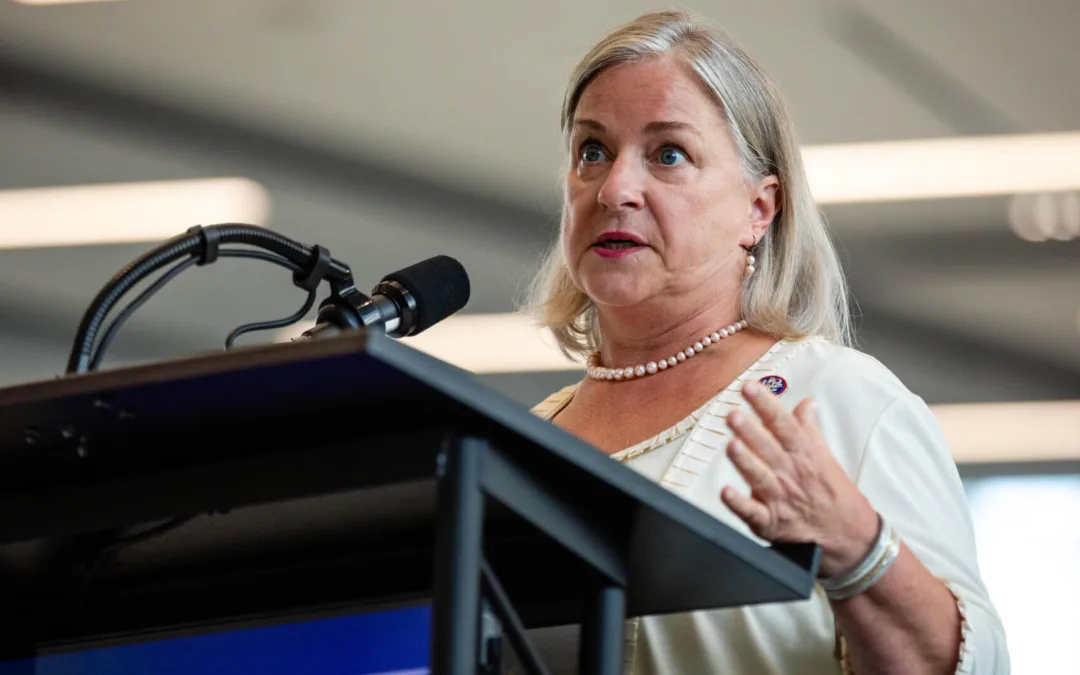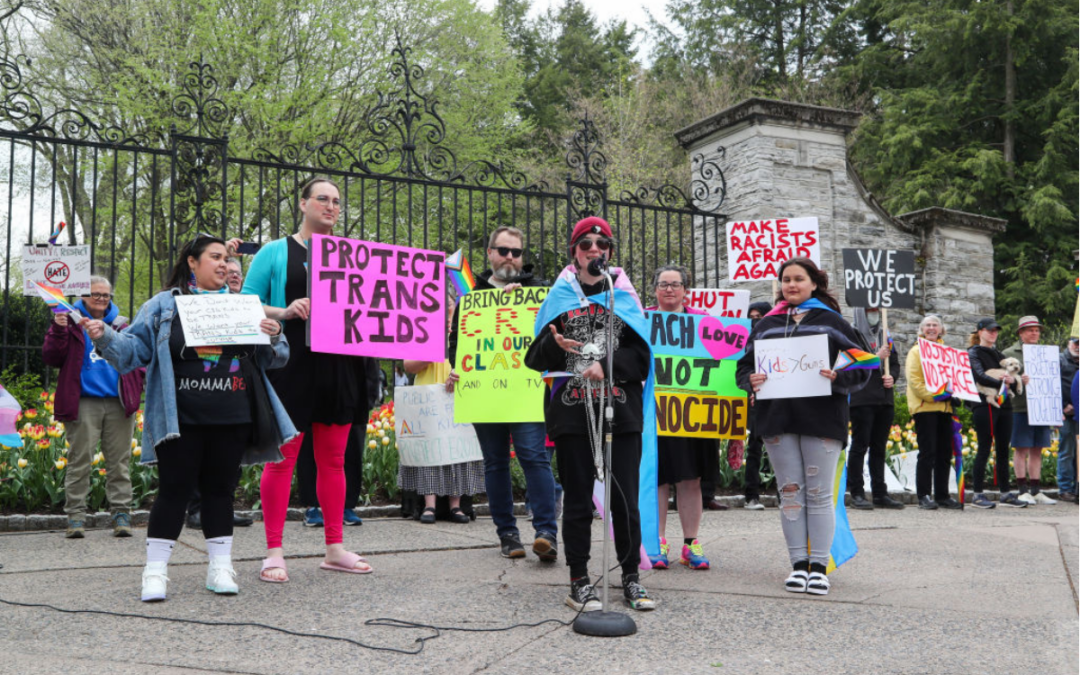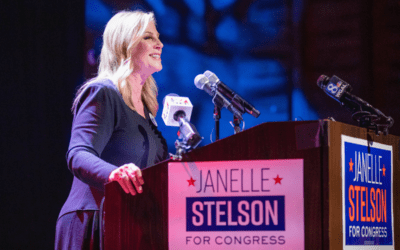
Photo by August de Richelieu from Pexels
“You are not eligible to take paid leave under the FFCRA because your child’s school is not ‘closed’ due to COVID–19 related reasons; it is open for your child to attend.”
As the pandemic continues to impact millions of lives daily, the thousands of parents and guardians who chose virtual instruction for their children are being cut out of expanded paid leave offered under an early coronavirus relief act. Last month, the Department of Labor issued new guidelines regarding the Families First Coronavirus Response Act (FFCRA) that penalize high-risk families for making the safest choice by removing financial support if parents opt out of in-person schooling whenever it’s available.
This reading of the law has no base in regulations put forth by lawmakers themselves, and is entirely based on the Labor Department’s analysis of the language. The department posted an explanation for the new guidance on its Frequently Asked Questions page.
“You are not eligible to take paid leave under the FFCRA because your child’s school is not ‘closed’ due to COVID–19 related reasons; it is open for your child to attend,” it reads. “FFCRA leave is not available to take care of a child whose school is open for in-person attendance. If your child is home not because his or her school is closed, but because you have chosen for the child to remain home, you are not entitled to FFCRA paid leave.”
Parents are allowed to use FFCRA leave on at-home days if the child’s school has a hybrid model of in-person and online instruction, or if the child attends a school that began the year remotely but will consider reopening for in-person learning later on in the school year.
“People have really valid reasons for staying home even if the hybrid options are available,” Vasu Reddy, senior policy counsel at the National Partnership for Women & Families, told Fortune. “This is going to affect the people who have immunocompromised family members at home, immunocompromised kids themselves, people who work in health care and other high-risk industries. Those are going to be the people most affected by this restrictive interpretation.”
RELATED: New York Sues Trump Administration for Trying to Gut Paid Leave During Pandemic
This is not the first time the Trump administration has watered down the relief bill. The FFCRA, passed in March, provides two weeks of paid sick leave and 12 weeks of paid family leave at two-thirds of the normal pay rate. Employers are reimbursed with tax credits. The intent was to keep workers from having to choose between covering their bills and protecting their health. But in May, the Labor Department issued a guidance that exempted companies with fewer than 50 employees.
The guidance shoe-horned in a number of rules that were not present in the original law, such as making it legal to force workers to prove the need for leave and also for employers to decline paid leave if there wouldn’t have been enough work for the employee to do. Healthcare providers and some federal employees could be denied leave altogether.
The National Partnership estimated that 106 million workers—83% of the American workforce—were excluded from the benefit. Less than 20% of American employees did qualify for the expanded paid leave, and the DOL’s newest guideline, released Aug. 27, further narrows that window of eligibility.
Even parents who previously benefited from FFCRA leave may soon run out of coverage. Six months into the pandemic, those 12 weeks of paid leave are dwindling fast.
“Leave is only the start of the question,” Laura Lawless, a labor and employment partner at Squire Patton Boggs, told HR Dive. In order to prevent a mass exodus from the workforce when the benefit runs out, “employers have to be very flexible in their thinking. This is also a time to think about what you should do, [not just] what you have to do.”
RELATED: This Woman Brought Her Newborn to Work Because the U.S. Doesn’t Offer Guaranteed Paid Leave
The United States is the only industrialized nation that doesn’t guarantee paid family leave through federal law. The FFCRA could have been a step toward addressing that, but the Trump administration is striving to limit the number of workers who could benefit. Overall, this leaves families at high risk for COVID-19 with very few options.
“They’re already bearing the brunt of this pandemic,” Reddy said of parents who chose full-time virtual instruction for this reason. “We need to be making things easier for them, not harder.”

For Rep. Susan Wild, supporting PA families includes reproductive rights and much more
Rep. Susan Wild wants to be very clear with Pennsylvanians: Donald Trump is committed to taking away women’s reproductive freedom, but he is not...

School districts working with anti-LGBTQ groups can cost your kids’ schools millions
Parents across South Central Pennsylvania are worried about the potential financial impacts working with anti-LGBTQ groups may have on their school...

VIDEO: Trump distances himself from his anti-abortion views
Donald Trump appeared on WGAL on Tuesday and continued to distance himself from his anti-abortion views claiming that reproductive rights are now a...

VIDEO: Community pushback gets school board to rescind decision on denying gay actor’s visit
Cumberland Valley School Board offered a public apology and voted to reinstate Maulik Pancholy as a guest speaker a week after the board voted to...

VIDEO: Project 2025 brings nuclear armageddon back into vogue
Project 2025 is a titanic document, with plans ranging from cutting half of all government employees to targeting reproductive rights on a scale...




